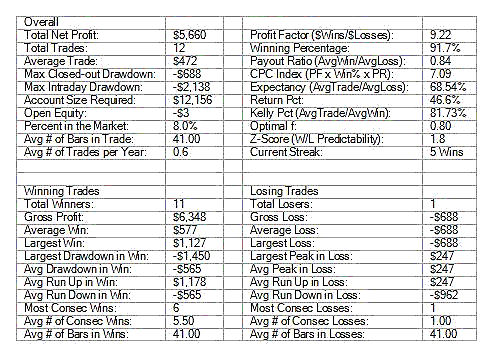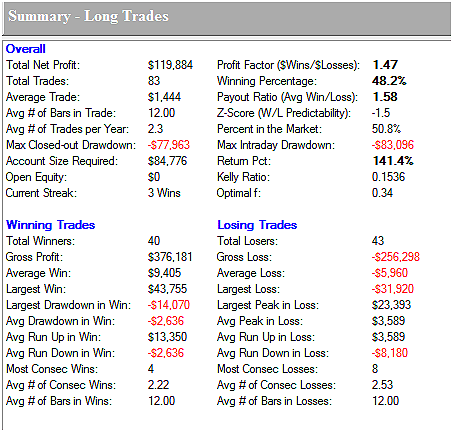Book Review Conquering the Divide How to Use Economic Indicators to Catch Stock Market Trends
Post on: 16 Март, 2015 No Comment

Conquering the Divide: How to Use Economic Indicators to Catch Stock Market Trends, by James B. Cornehlsen and Michael J. Carr (W&A Publishing, 2010) is an intriguing read for investors with some talent for system design. The authors are in search of economic indicators that turn ahead of the stock market. Ideally, they write, the indicator would offer a signal in advance of a bull and bear market, but that may not be possible. We will focus on the risk aspects. Spotting a potential bear market early and avoiding losses can be more meaningful to the individual investor than being able to time stock market bottoms. (p. 79)
Cornehlsen and Carr focus on cyclical stock market trends that reflect the underlying business cycle, trends that can last from a few months to a few years. Using regression analysis, they tested a host of economic indicators to see whether they have any predictive value. Among the candidates (and here Im pulling almost at random) were the 10-year government bond, average hourly earnings, building permits, consumer confidence, copper, CPI, crude oil, ECRI weekly leading index, employment advertising, Fed funds rate, imports of goods and services, ISM manufacturing and non-manufacturing, retail sales, and the unemployment rate.
A book review is not the place to delve into statistical methodology; suffice it to say that they smoothed both the raw monthly S&P data and the economic indicator data by using a six-month rate of change. They then studied regressions when the economic series led the S&P 500 by three, six, and nine months, when it lagged over the same time frames, and when it was coincident. They determined statistical significance using the P-value.

Of the indicators the authors tested, eighteen proved to be reliable leading indicators. But some of them were available only by subscription, others were redundant, still others had too short a data history, and some just didnt make sense. The authors therefore winnowed the list down to three: ISM manufacturing, the Baa corporate bond spread, and new orders of durable goods. They then set out to construct a composite model with simple buy and sell rules and tested it out on S&P data from 1992. The bottom line is that following their rules would have more than doubled the performance of a buy-and-hold strategy.
Cornehlsen and Carrs book opens a window for investors who have a penchant for research and system design. Its too bad that there is no accompanying web site with Excel spreadsheets, which would make the process a tad easier for the statistically challenged. The tabular summary of the authors regression analysis is no substitute.














